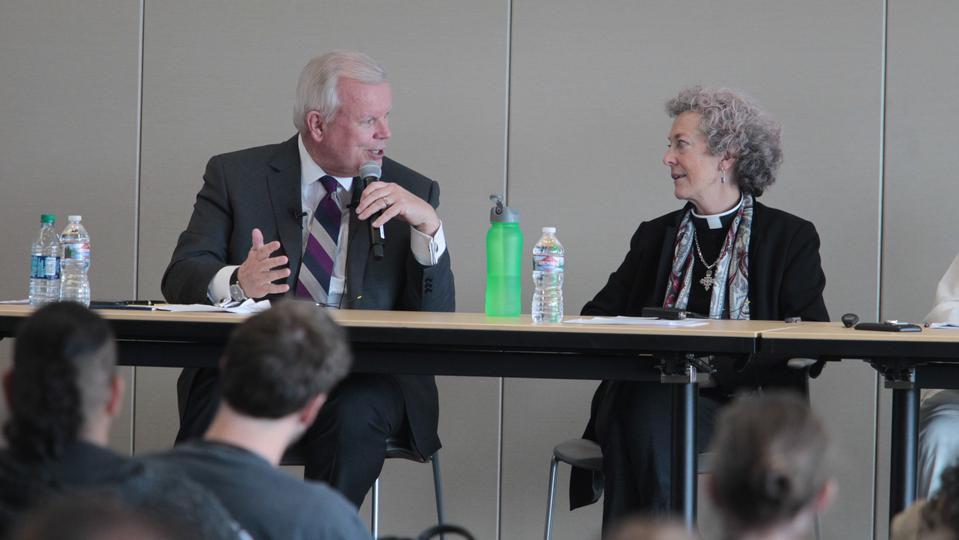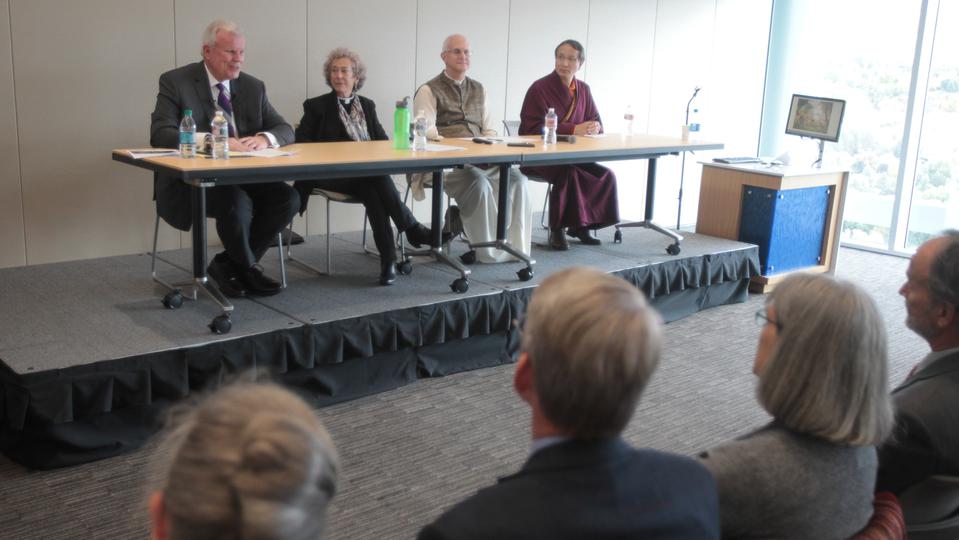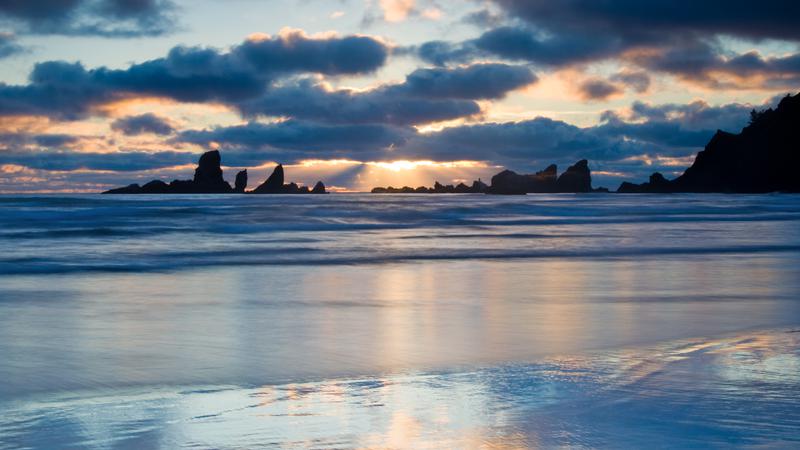While acknowledging that the Latter-day Saint focus on Church and family is appropriate, Elder Steven E. Snow of the Seventy said he hopes members of The Church of Jesus Christ of Latter-day Saints also give high priority to how they treat all of God’s creations.
“[We will] be held accountable for how we treat one another, the community in which we live, and the land that surrounds us, even the earth itself,” said Elder Snow, who was one of four participants in a panel discussion Wednesday, October 10, 2018, at an environmental stewardship symposium at Utah State University. “That stewardship has never been more urgent. Our generation, more than any other, has the ability to irretrievably change the land.” (Read the transcript of the full address.)

Downloadable video: B-roll | SOTs
Elder Snow, a native of southern Utah, shared his experience from years ago as a member of the board of directors for Grand Canyon Trust, an organization dedicated to protecting and restoring the Grand Canyon and other lands along the Colorado Plateau. He said he testified at congressional hearings to reduce the disruptive noise caused by commercial air tours of the Grand Canyon and other national parks. He also helped ensure that local power plants complied with federal emissions standards and chaired a habitat conservation plan committee for the desert tortoise, which created a 67,000-acre reserve for that tortoise.
“All of us need to do our best,” Elder Snow said. “Small things do make a difference.”

Elder Snow, who has served as Church historian and recorder since 2012, also spoke of the priority the Church has given to environmental concerns during the past 45 years. This includes the following:
- During the oil crisis of 1973, the First Presidency sent a letter of support for conserving energy resources by encouraging Latter-day Saints to eliminate outside lighting at chapels, walk to meetings where feasible, carpool to work where appropriate, lower thermostats in homes to prevent unnecessary consumption of electricity, and discuss the importance of fuel conservation in family home evenings.
- During the oil crisis of 1979, the First Presidency issued another letter encouraging local Church leaders to establish a consecutive meeting schedule for all Sunday meetings to conserve energy in heating and cooling buildings and prevent unnecessary use of fuel by families driving to and from the chapel.
- More recently, the Church has implemented a green building initiative that increases energy efficiency, lowers operating costs and makes the facilities easier to maintain. Many of these building projects, from temples and chapels to family history centers and the City Creek Development, have received a Leadership in Energy and Environmental Design (LEED) certification from the United States Green Building Council. This includes the Church History Library (completed in 2009), which achieved a silver certification through LEED.
Elder Snow gave several suggestions for how to be good stewards of the earth. These include finding ways to conserve energy, supporting community recycling programs and starting a community garden. He also pointed to helpful resources on LDS.org and MormonNewsroom.org.
“Financial rewards provide tremendous pressure to unleash our technology to reinvent our surroundings. There will be growth; change will come,” Elder Snow said. “But failure to care for the land on which we live means turning our backs on the heritage laid down carefully and at such great cost by our forefathers — and will leave us immeasurably poorer. … God expects every one of His sons and daughters to act as good stewards of the land He created.”
